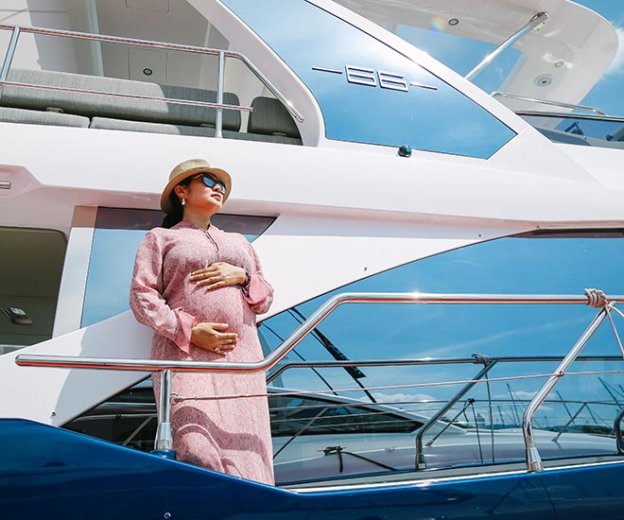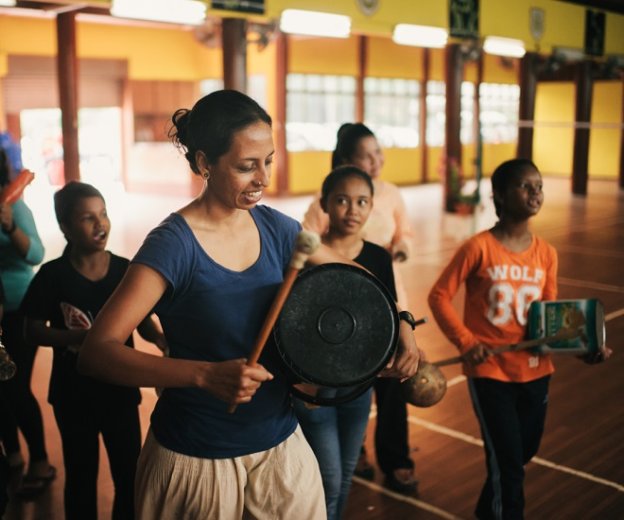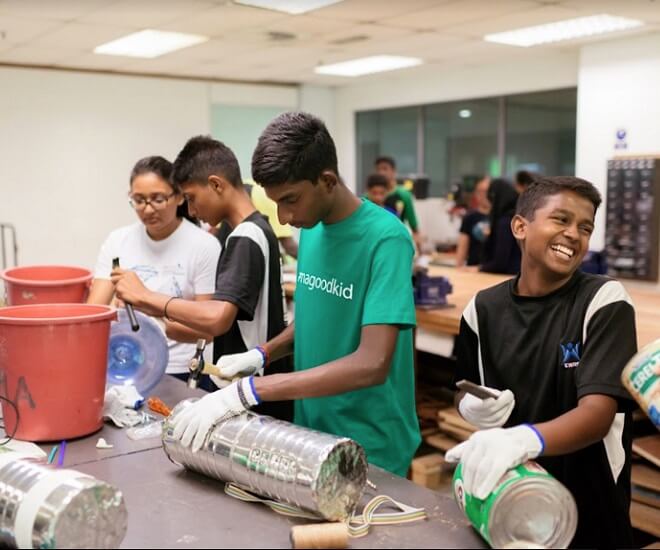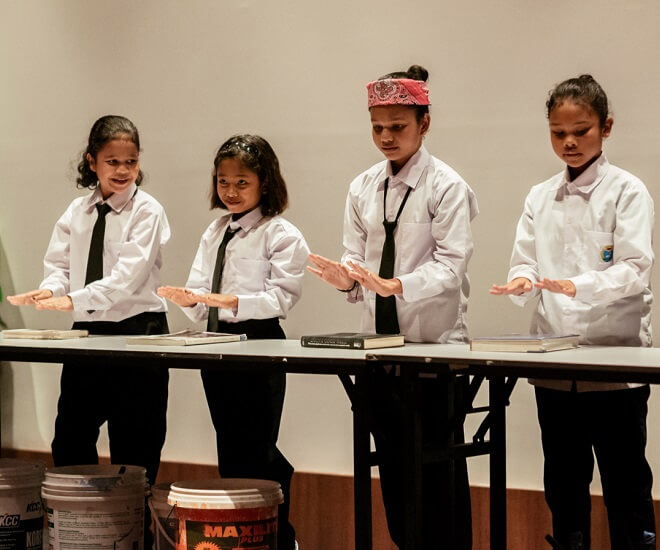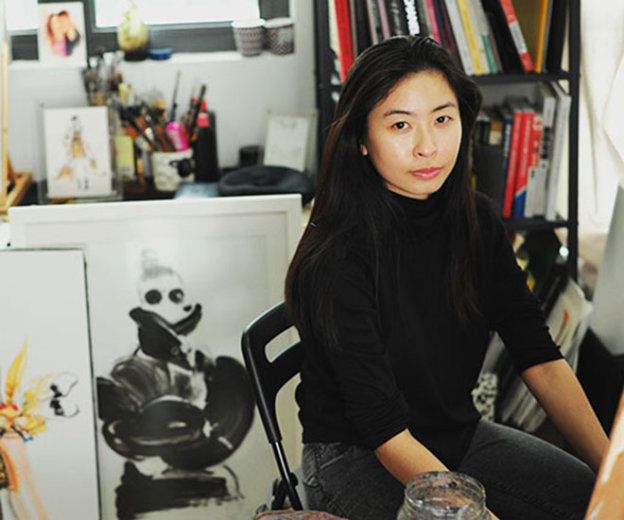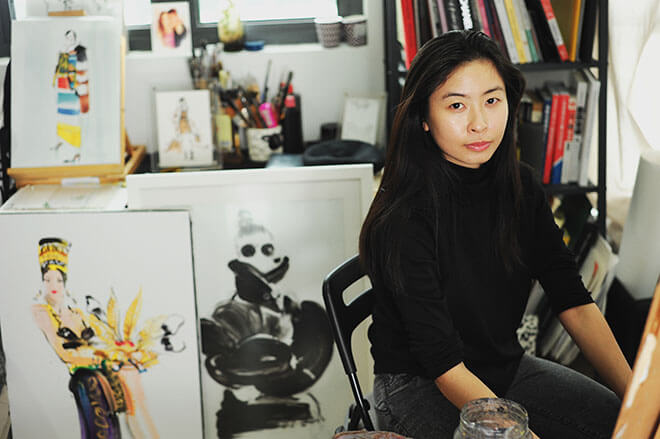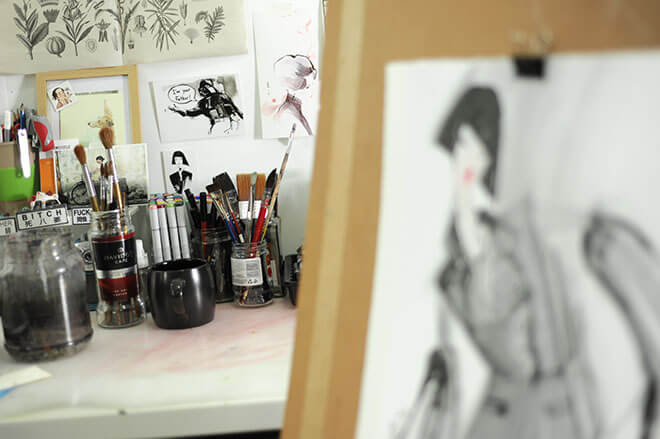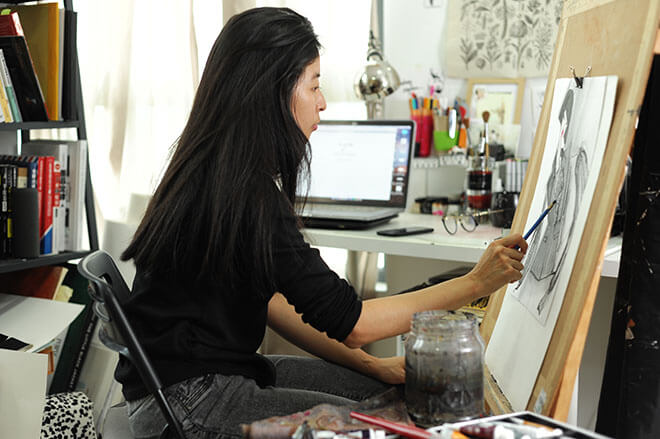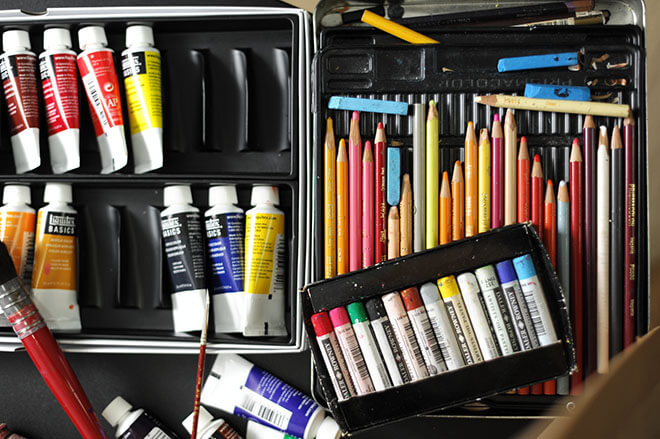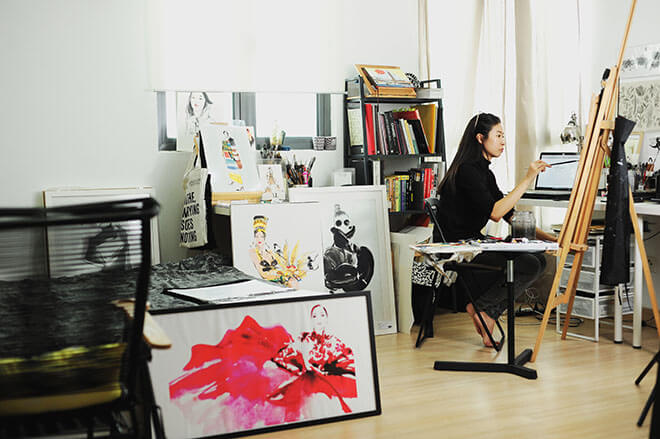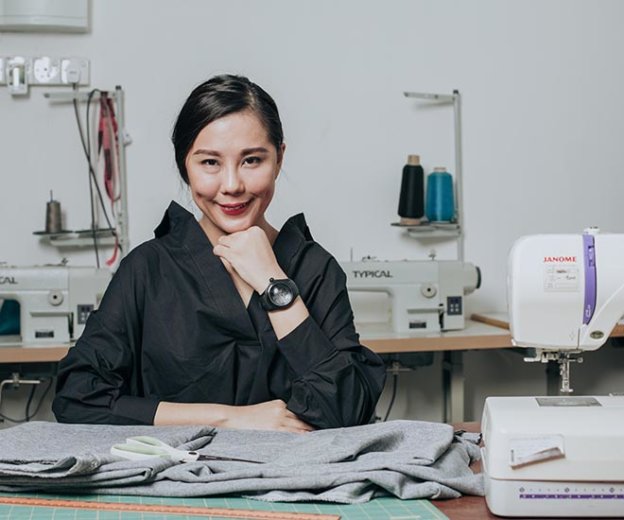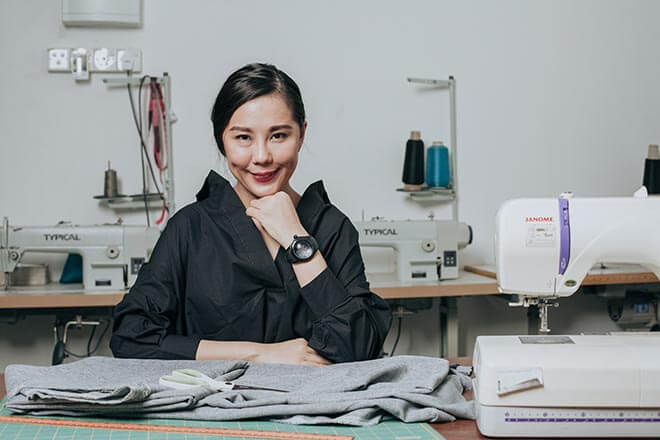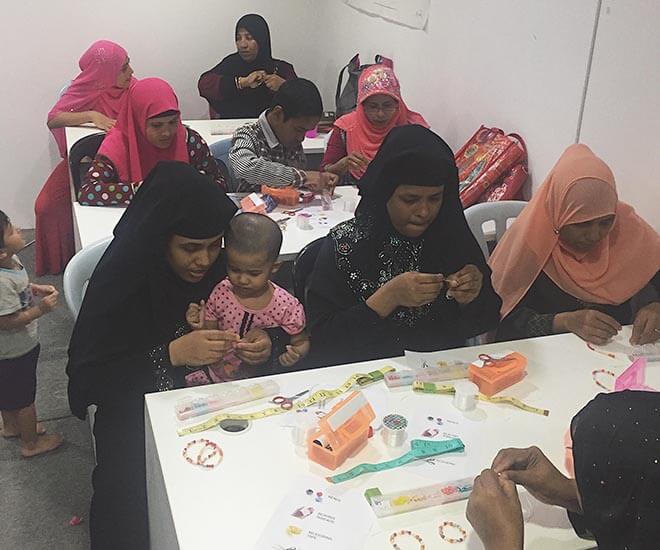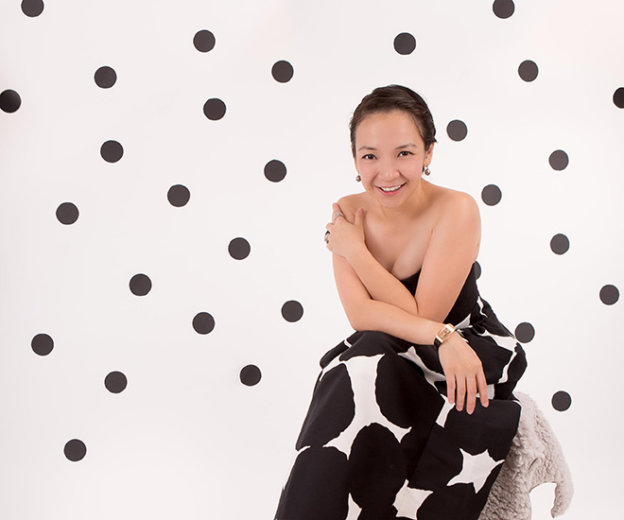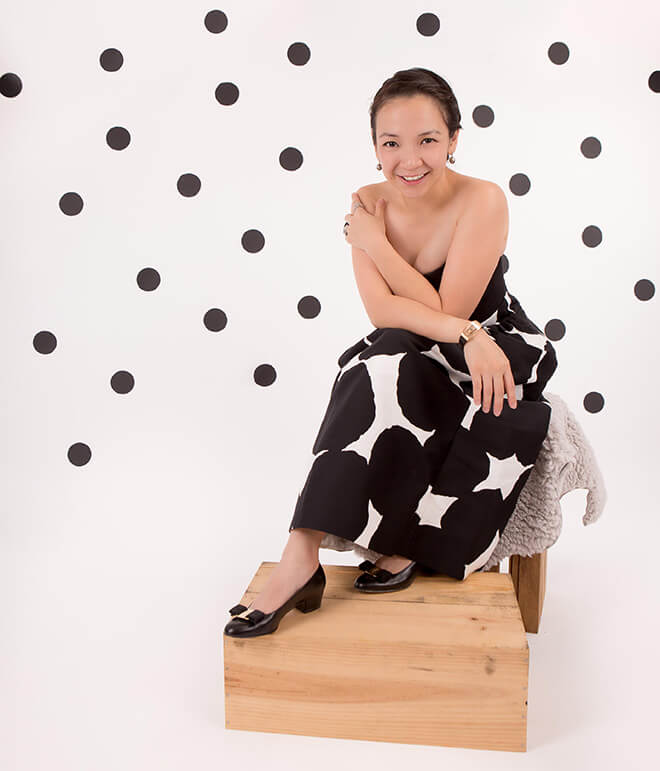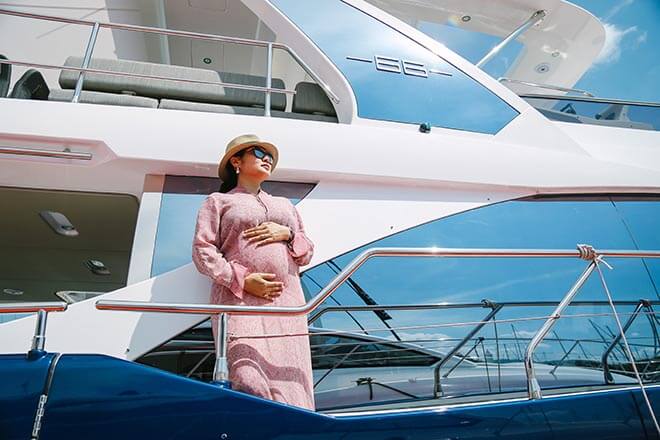
Despite being heavily pregnant, the comforts of the Azimut 66 Flybridge makes the journey an extremely calming one for Dato’ Sri Rozita.
But there’s more to it than meets the eye, going by this interview. She and her businesses are not just about the opulent and the high life though the luxury and yachting worlds have a close connection.
Her spacious business premises spanning five lots at Solaris Dutamas in Kuala Lumpur is one of understated elegance. Subtle lighting including a pair of mini chandeliers, selected Italian furniture pieces and local artworks adorn the space.
She came from humble beginnings. Ever enterprising, the eldest of four daughters sold tidbits to schoolmates to supplement family income. Dad was a teacher and Mom a homemaker not in the pink of health.
One attribute of her late mother that she carries to this day is to complete what she has started. “Look at life positively and give your all in anything you do,” Dato’ Sri Rozita Ramelan says.
Always a top student, she wanted to be a doctor but turned down Dublin due to Mom’s inconsistent health condition. She graduated from local UPM in statistics and computer science and became a private banker and investment consultant with Citibank for 10 years managing wealth of high net worth individuals. She was also into upscale property in Europe and the UK.
She decided on a career in high-end niche markets after realising she’s good at selecting objects that can grow as investments and yet easy to dispose of.
But she also wanted freedom to do what she can do and still have a balanced family life while benefiting others like giving them jobs.
As she no longer relished living out of a suitcase anymore, using her savings she started Kabinet Prive with five Hermes handbags. They were sold out in just three days! Her “baby” has since grown its online presence spanning 18 countries in addition to the offline operations, including The Boutique showroom at the six-star St Regis KL.
This business is a nice fit with Azimut Yachts as a client shopping for a beautiful vessel may buy a watch for himself while his significant other may want a piece of jewellery, she adds.
After Kabinet Prive, she went on to found Pwetty4U which sells pre-owned designer bags and accessories via pwetty.com.my, and does her bit channelling the proceeds to charity and medical research.
She has high regards for her employees whom she says she doesn’t need to buy their loyalty. Besides Kabinet Prive and Azimut Yachts, her other businesses include asset management, construction, and interior design under Anjung Bintang.
Family is a top priority. She feels very fortunate to be in a position to support two sets of elderly parents, provide employment to her two sisters, take care of the children of another sibling who has passed away, and provide employment to their father.
Not one to sit still, the heavily pregnant Dato’ Sri Rozita has just returned from the Thailand Yacht Show in Phuket prior to this interview, sharing glimpses into Azimut Yachts and more …
What is Azimut about and why are you very passionate about it?
Rozita Ramelan: Azimut Yachts is part of the Azimut Benetti group, and has a long and proud history of building luxury superyachts.
Today, it remains the only family-owned and family-run (its founder Paolo Vitelli and daughter Giovanna) Italian production yacht builder among the top three, which are Azimut, Ferretti and San Lorenzo.
Being a very family-oriented person myself, this particular aspect of the brand resonates with me and my husband (Datuk Omar Mustapha).
How did the franchise come into being?
RR: Azimut Yachts was previously represented in Malaysia and Brunei by a large regional multi-brand dealer. We were looking for our first yacht a few years ago and decided on an Azimut.
We visited Italy and met with Paolo and Giovanna. We clicked instantly, sharing the same intense love for the sea. They asked if we could represent them exclusively here, and we agreed. The rest is history.
What is its success story?
RR: In the rarefied world of superyacht construction league tables, which take into account yachts built over 24 metres, Azimut Benetti has been ranked number one globally for the last 18 consecutive years. Last year, we had 77 yachts being built totalling 2,840 metres in length!
Azimut Yachts’ success boils down to a simple formula – crafting the most desirable, luxurious and technologically advanced yachts for the most discerning yachting clients around the world.
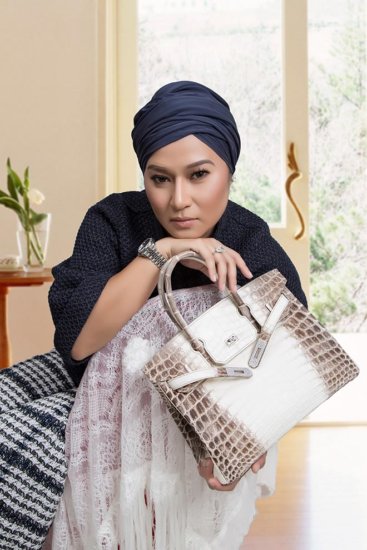
Pictured here with what is frequently labelled as the world’s most expensive handbag due to its rarity, Dato’ Sri Rozita takes pride in being able to get her hands on items that are almost impossible to get — the Birkin Himalayan Diamond, is rare in the handbag world.
What is the buyer profile?
RR: Azimut Yachts attracts only the most discerning of clients. We build lifelong relationships, often with owners acquiring multiple yachts over the years, passing on their passion from father to son or daughter. Our clients are chic, appreciate luxury and quality, and their love for the nautical lifestyle transcends generations.
How do Azimut yachts compare with others on the global market?
RR: Our latest evolution is LaDolce Vita “The Good Life” 3.0 where we are taking the next great leap forward in luxury yachting.
Take the Azimut 66 Flybridge, the first yacht in its class to have electronic power steering, carbon fibre foredeck and four guest cabins.
Or the Azimut Grande 27Metri, the only 27-metre, raised pilothouse, widebody five-cabin boat on the market.
We are the industry’s true innovation – leveraging our deep legacy, superyacht heritage and expertise to constantly push the boundaries of what is possible.
When you go through yacht magazines, every brand looks glamorous and wow.
But it is only when you have spent some time on board an Azimut, visited our facilities in Italy, shared an expresso with our craftsmen and builders, tasted the wind cruising along the Italian Riviera, do you truly appreciate why and how we are distinctive. Azimut speaks to you at an emotional level like no other.
How can Azimut Yachts Malaysia contribute to local communities?
RR: Malaysian waters and dive sites are beautiful. We are not here to just sell the boat.
We want to nurture the luxury yachting industry, not only by giving jobs to the locals, but by training them with skills and craftsmanship that earn good money. Such workers in Thailand’s yachting industry are paid high salaries.
We together with Azimut yacht owners and their friends want to collaborate with state governments to grow the industry and tourism such as build marinas and food havens, offer yacht charters and help market their products abroad.
This way, we hope to create good-paying jobs for the local communities. Salaries for workers on luxury yachts are not cheap. Luxury yachting is about services.
